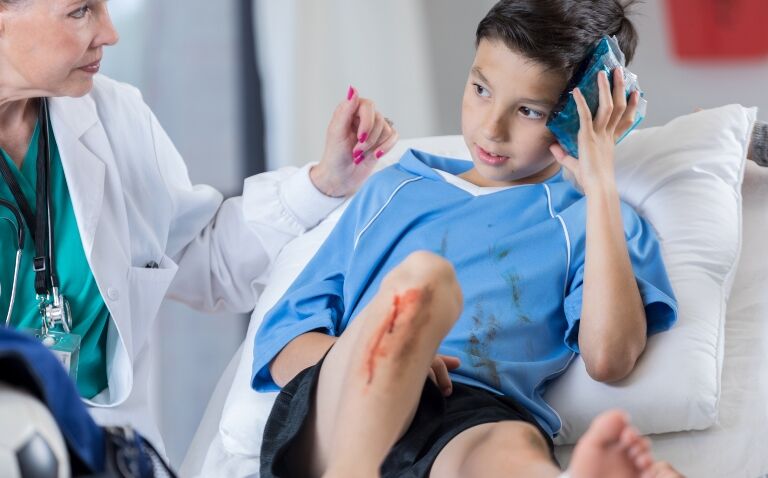Three key factors that are predictive of an abnormal CT scan in children with minor head trauma have been determined from a prospective study
Three key factors that can be used to predict an abnormal computed tomography (CT) in children who have suffered a minor head trauma have been identified by a team from the Department of Emergency Medicine, Zanjan, Iran.
Head traumas are a common presentation in emergency departments with one US study estimating that the annual injury rate per 10,000 population had increased from 55.2 in 2007 to 85.4 in 2011, with the largest increases seen in children under 11 years of age and in adults >65 years of age.
Patients with a minor head injury, defined by a Glasgow Coma Scale (GCS) score of 13-15, will have a small but important risk of an intracranial injury that requires early identification and neurosurgical treatment.
In fact, one analysis of over 42,000 children with head injuries revealed that clinically important intracranial injuries occurred in less than 5% of children and injuries requiring neurosurgical intervention occurring in less than 1% of children.
Although cranial CT scans are seen as the reference standard for the diagnosis of traumatic brain injury, these scans are expensive and the unnecessary use of such scans could represent a waste of valuable resources.
Moreover, it has been found that over 90% of CT scans are negative for clinically important brain injury. It is therefore necessary to determine the relative importance of various clinical symptoms in assessing which children would need a CT scan.
For the present study, the Iranian team sought to identify whether any clinical symptoms in children with a minor head trauma, had predictive accuracy of the need for a subsequent CT scan.
In a prospective study, they included children, aged 2 to 14 years of age, who presented at the emergency department with a blunt head trauma within 24 hours and who had a GCS > 14.
They collected data on physical clinical findings, the results of the CT scan and follow-up information. Individuals were categorised into three groups according to the emergency care physician assessment; 6 hour follow-up, brain CT and discharge. Thus, patients with a high suspicion of brain trauma were referred for a CT scan, the other group were monitored in the department and the final group with a low suspicion were discharged.
Clinical findings documented included three key factors, repetitive vomiting, headache, decreased level of consciousness and other factors examined were seizures and signs of skull based fracture. The primary outcome was an abnormal brain CT scan.
Findings
The study included 200 children with a mean age of 6.5 years (67% male), 90 of whom received a brain CT scan. The most common clinical finding was headache (34%) and the most frequent cause of injury was a fall from height (37.5%).
The team identified that there were three key factors that were predictive of an abnormal brain CT scan; headache (odd ratio, OR = 12.1, 95% CI 1.19 – 122.47, p = 0.0035), vomiting (OR = 12.29, p = 0.017) and loss of consciousness (OR = 26.53, p = 0.002). Experiencing only one of these three key factors, was not predictive of a positive brain CT.
The authors concluded that only three key factors, repetitive vomiting, headache and a decreased level of consciousness, were significantly associated with a positive brain CT in children with minor head trauma.
Citation
Naghibi T et al. Predicting factors for abnormal brain computed tomography in children with minor head trauma BMC Emerg Med 2021.










